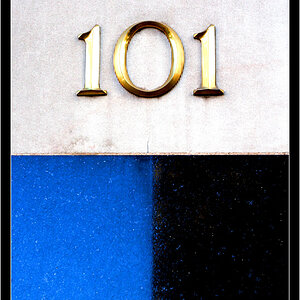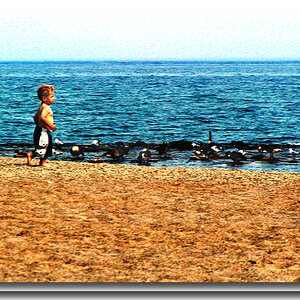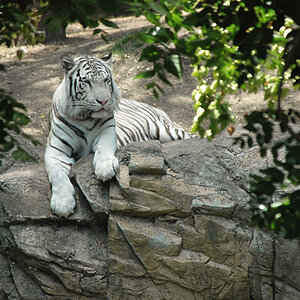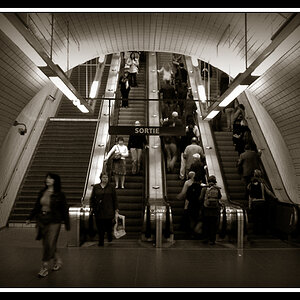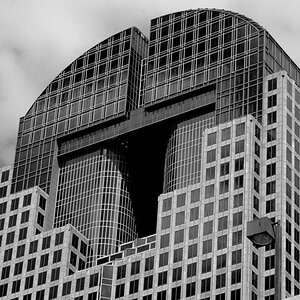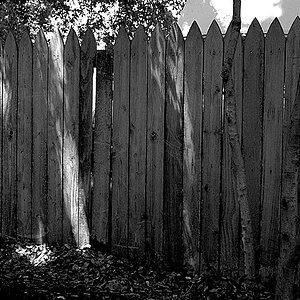selmerdave
TPF Noob!
I just got back some rolls of Portra 400 NC that seem rather saturated. I generally have found that 400NC is pleasantly (realistically) unsaturated relative to the current fashion of extreme saturation a la Velvia and the digital equivalent. These were printed by my usual lab that I've been using for a few years, although their results are becoming increasingly inconsistent. I also got a roll of B&W 120 back with 4x6 prints (!). I called to complain about that and they said that's what they usually do (LOL). Not what they've done for me in the past, anyway I'll get them to redo those and that will likely be my last time there.
Anyway, my main question is whether it is common now for digital printers (the only kind) to increase the saturation.
Dave
Anyway, my main question is whether it is common now for digital printers (the only kind) to increase the saturation.
Dave


